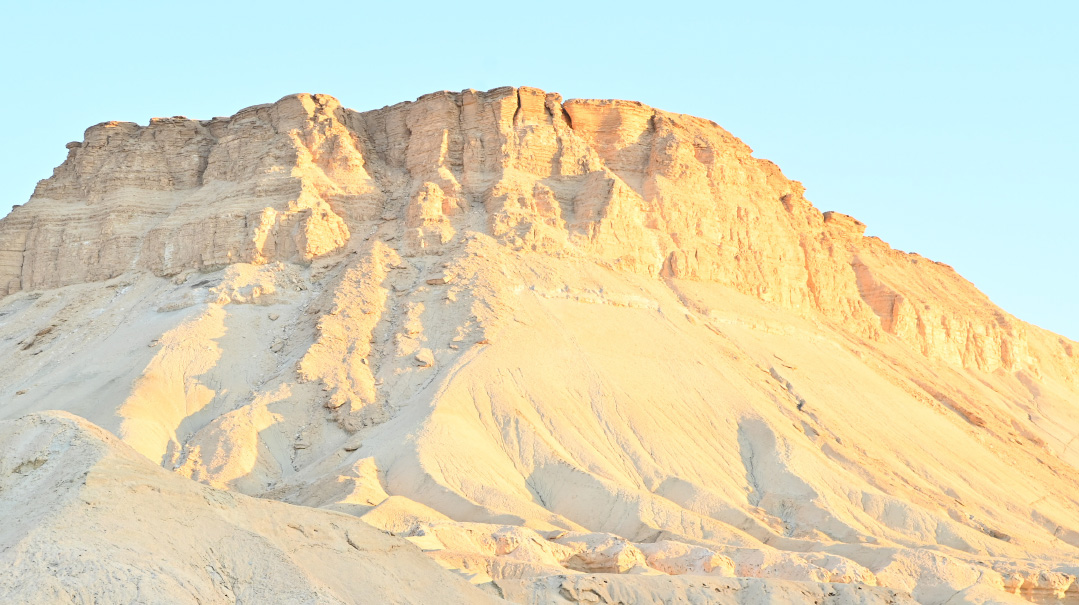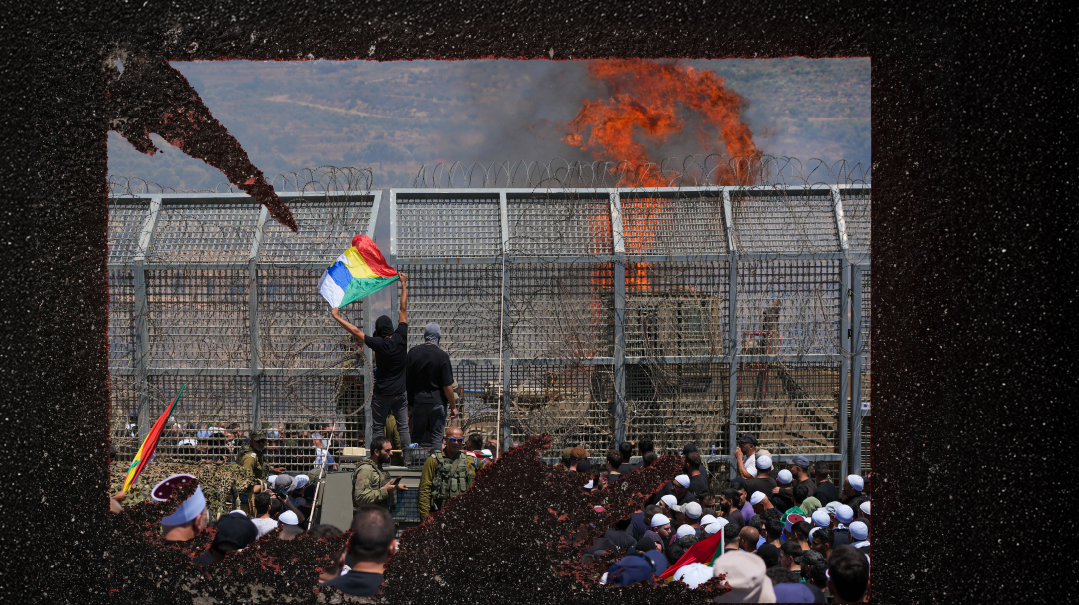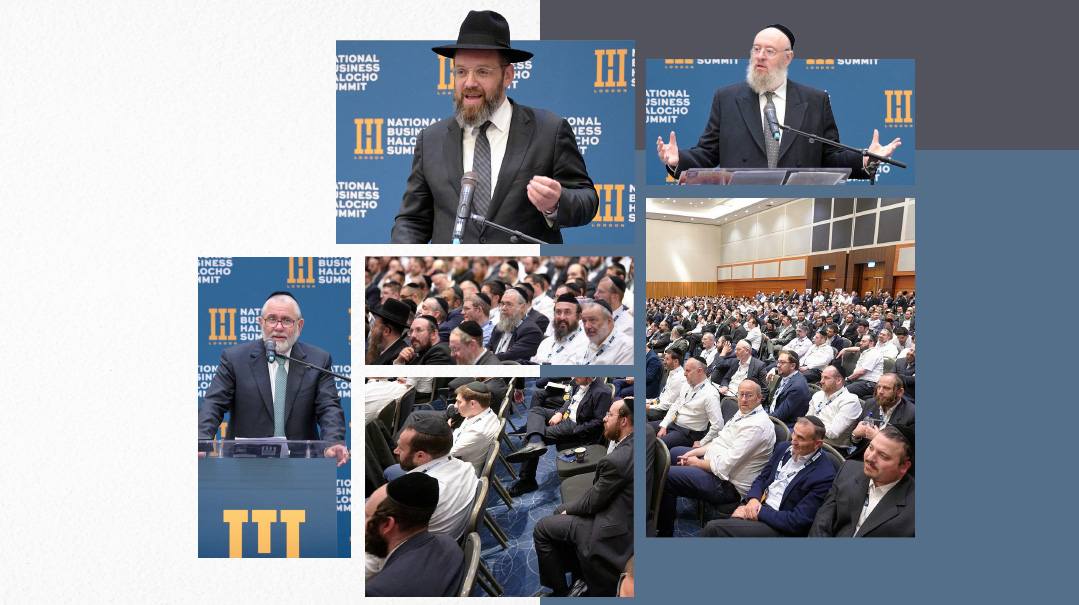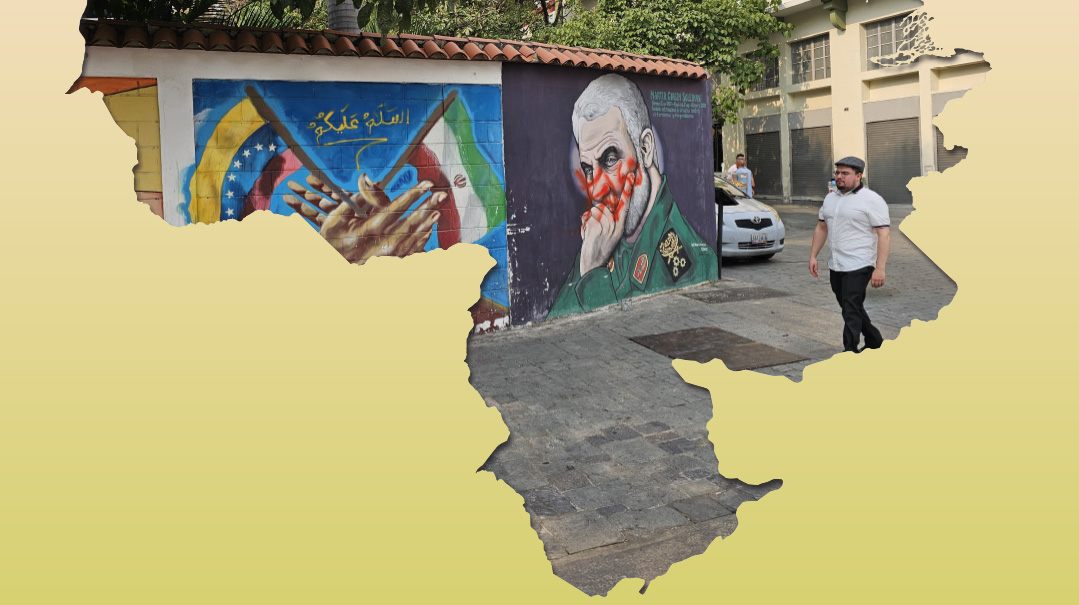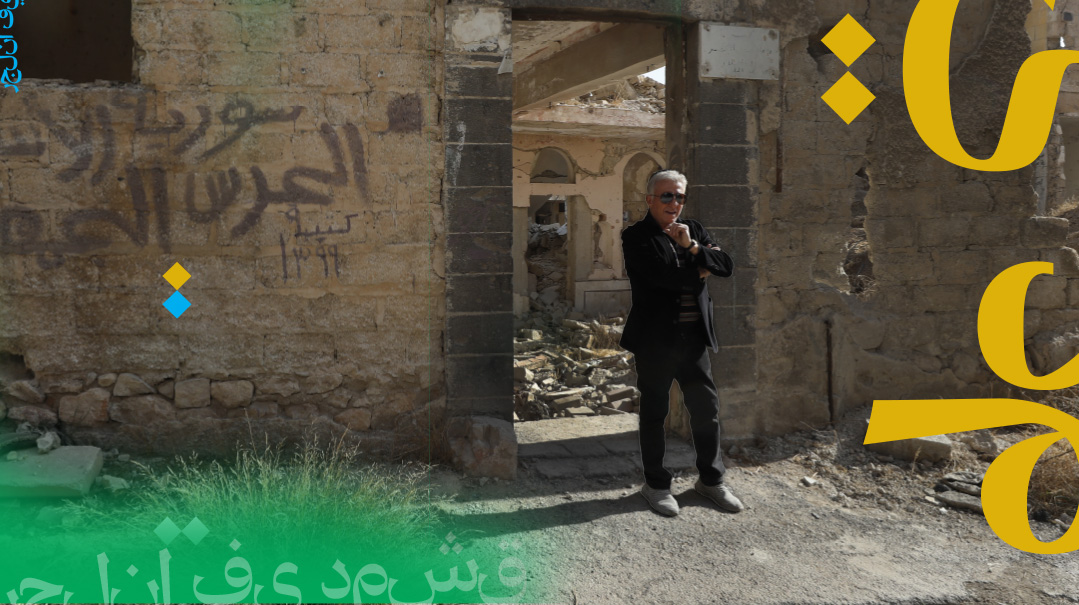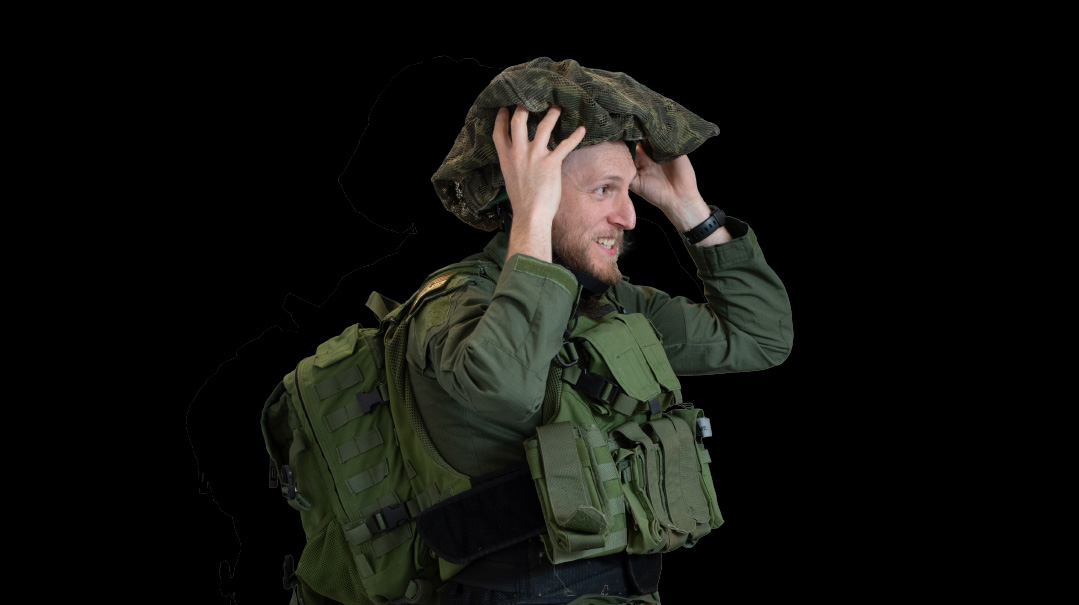Mexican Revolution
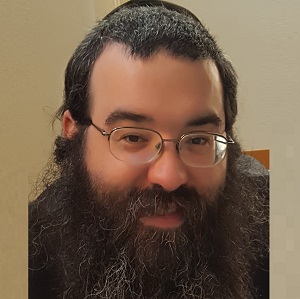
How patron Moshe Tussie transformed his hometown into a Torah citadel
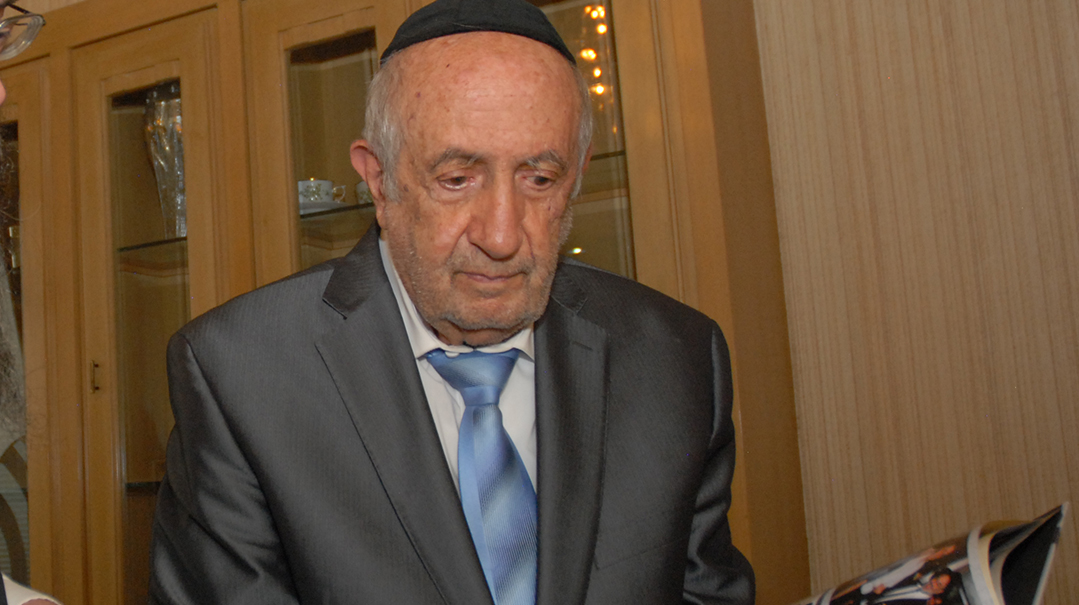
Yochonon Donn, Mexico City
Back in 1975, a visionary named Moshe Tussie realized that the only way for a yeshivah day school to succeed in Mexico would be to import a kollel along with it. That first endeavor turned into an unquenchable drive for the communal askan, who today has dozens of kollelim under his umbrella in a country few imagined as a Torah citadel
The main boulevard of Mexico City’s upscale Polanco neighborhood feels almost like Thirteenth Avenue in Boro Park, but in a Spanish version. Mothers push strollers along its leafy sidewalk strips while kollel yungeleit, seforim tucked under their arms, hurry past the high-rise office buildings and gleaming storefront showcases.
We’ve been hearing a lot about the planned Ir HaTorah that will be built in Ixtapan, a suburb about 70 miles away. The groundbreaking was a watershed moment for the century-old community that now boasts about 45,000 frum Yidden — a growth spurt its leaders could never have foreseen.
“We didn’t go from A to B but from A to Z,” says Chacham David Shwekey, the founding rosh kollel who arrived here 45 years ago fresh out of the Mirrer Yeshiva in Flatbush, referring to Mexico’s burgeoning community, which boasts a network of more than four dozen kollelim and a vigorous student body of nearly 600 homegrown yungeleit.
But it wasn’t always like that.
It was a man of action by the name of Moshe Tussie (pronounced Tu-SEE-yei) who, with the backing of a few likeminded men, laid the groundwork for the transformation over the last five decades. We met when I was in Mexico last month covering the cornerstone laying of the upcoming Ir HaTorah that will be built in Ixtapan.
Sitting over a snack of white chocolate-covered almonds, pale pink gooseberries, and fleshy cherries in the well-appointed living room of his palatial home (surrounded, as is every other house in this part of the city, by an imposing wall and terraced gardens), I notice the walls filled with pictures of gedolim who’ve visited — Rav Aharon Leib Steinman and Rav Chaim Pinchas Scheinberg are the most famous — and plaques from various causes he’s helped.
The elderly Moshe Tussie follows my gaze. “I am not talking to raise myself up,” he says, motioning with a sweep of his hand to the wall of plaques and pictures. “You see all this? I only want people to learn from what I’ve done in my life.”
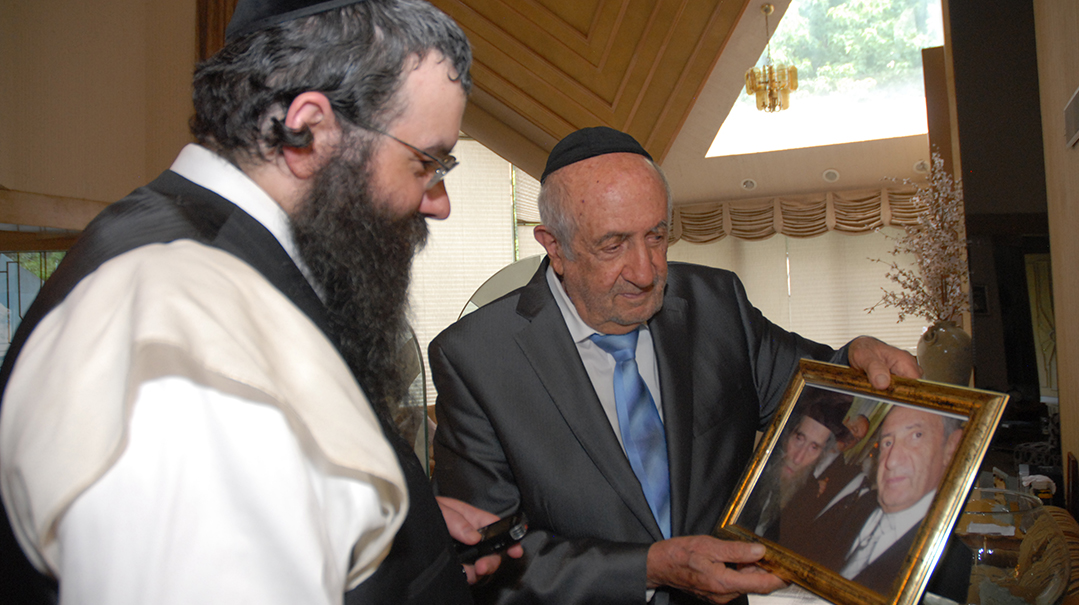
No Time to Waste
Moshe Tussie grew up in a poor household in the Mexico City neighborhood of Roma, the local frum stronghold, where his father Ezra was a shochet and chazzan. He attended the local cheder, where he was taught alef-beis and rudimentary Chumash. Like all the local Jewish children, he was satisfied with the curriculum, imagining himself having received a significant education.
But then one day in the 1950s, a fundraiser for Brooklyn’s Yeshiva Torah Vodaath came calling on Ezra Tawil, a wealthy businessman who had recently moved to nearby Polanco, becoming the locale’s second frum family.
“I’m scared,” Mr. Tawil confessed to the meshulach. “I just moved into a new neighborhood, and none of the neighbors keep mitzvot. What can I do so that my children should remain frum?” The meshulach told Mr. Tawil, “Give me your boys. I’ll take them back to Torah Vodaath, and I’ll see to it that they get a solid Jewish education.”
Ezra Tawil immediately dispatched his three sons, as well as his preteen younger brothers, Yitzchak and Raul, to what was then the continent’s premier yeshivah on East Ninth Street in Brooklyn.
The move sent shockwaves through Mexico’s small Jewish community. A group of six other parents came to Ezra Tawil, entreating him to allow their children to go along. Ultimately, an additional ten fresh-faced children opted to make the pilgrimage, making for a Mexican contingent of 15 bochurim who showed up in New York. Two of those were 12-year-old Moshe Tussie and his nine-year-old brother.
“When we came there,” Mr. Tussie says with a smirk, “we thought that we were geonim. We had studied almost seven years in the Talmud Torah, where they taught us how to say the taamim [trop].” His introduction to the world of high-level Gemara learning came when he watched two bochurim fighting in the beis medrash, throwing their hands at each other in spirited debate.
“I remember saying to myself, ‘What’s happening here? Why are they fighting?’ I didn’t understand what was going on. When I opened the door and saw all the avreichim, all the talmidei chachamim, my neshamah — ay, ay,” he clutches his heart, his voice trailing off. “It finally went into my heart — it was unbelievable. I remember thinking, ‘What a beautiful thing to be here.’ That’s how I started learning.”
The rosh yeshivah, Rav Yaakov Kamenetsky ztz”l, appointed two yungeleit, Moshe Brachfeld and Dovid Cimet, to take care of the Central American bochurim.
Back in Mexico, Moshe’s mother would cry every day with longing for her children. Flights home were not commonplace — they were expensive and took 14 hours, with two stops along the way. That probably explains why Moshe and his brother came home only after eight months. Some of the other boys stayed for four years straight.
When the Mexican bochurim returned to Mexico, Moshe went to visit the Tawils. He was struck by the kind and affectionate way the Tawil couple spoke to each other.
“I raised my hand to Hashem,” Mr. Tussie remembers, “and I said, ‘Hashem, give me a wife that I can have the same kind of relationship with.’ After ten years Hashem listened to me, and I married the Tawils’ daughter, Rosa. She was a groise, groise tzaddeikes.”
In their 40 years of marriage, he claims, they never went to sleep with hard feelings toward one another. As he accrued financial success, Rosa encouraged him to become a leading patron of Jewish causes, and together they raised five children, all of whom hold respected positions. He points to the cavernous dining room, where a long table is flanked by two dozen upholstered chairs, relating how “over 30 kollelim were started around this table” due to Rosa’s work and dedication. Atop the doorway, her name is written in chiseled wood. (Rosa passed away several years ago, and Mr. Tussie remarried Silvia, who teaches language at a local university.)
The Tussies’ foray into askanus began in 1975, when they received a visit from Rav Moshe Pardo, founder of Ohr Hachaim, the first Beit Yaakov for Sephardic girls in Bnei Brak. “Moshe, you want my advice?” he asked. “If you want your sons to stay in Mexico after they get married, open up a girls’ school. Otherwise, they’ll move out of the country to find suitable shidduchim. I want you to have the zechut of having your children live with you.”
Moshe Tussie took his words to heart and immediately began scouring the streets for a suitable building. Walking along, he met a friend of his and described his new project.
“I have a place for you,” the friend declared. “It’s only three blocks away. Let’s go over there right now.”
Mr. Tussie took an instant liking to the building on Avenue Sofocles and purchased it. He offered Rabbi David Masri, one of his friends who went along with him to Torah Vodaath, to serve as menahel, and the Beit Yaakov began with four teachers and six girls, including Mr. Tussie’s younger daughter. (His older daughter studied in Beis Yaakov of Denver.)
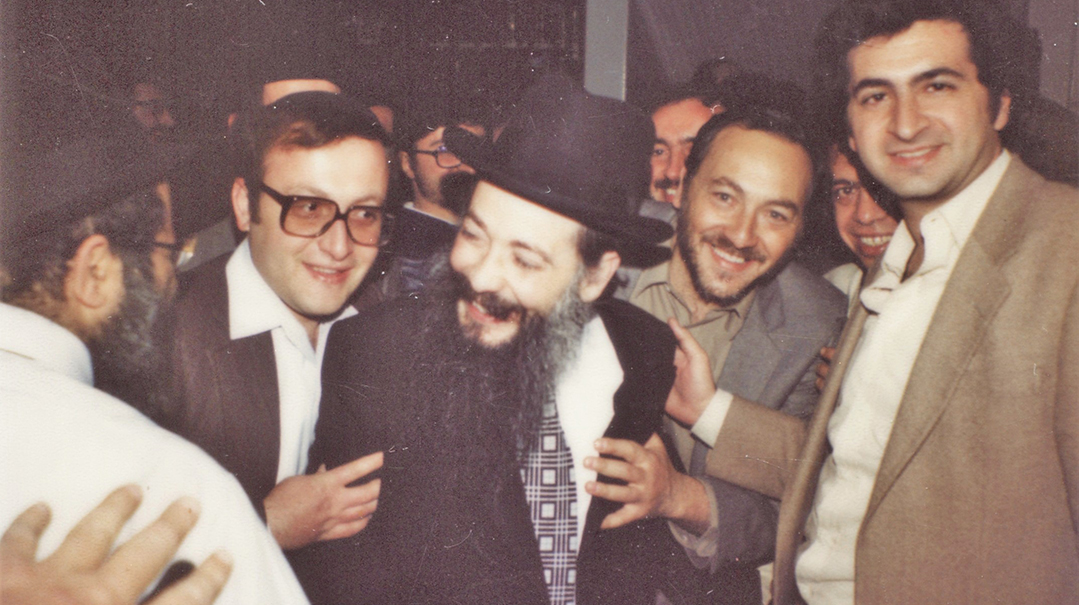
Kollel First
The following year would be transformative for the forward movement of Mexico’s Jews. Mr. Tussie wanted someone to put chinuch in Mexico on the map, and on a scouting trip to New York, he found just the person he wanted: Rav Avraham Baddouch ztz”l.
Rav Baddouch was a Moroccan-born rosh yeshivah who’d studied in Rav Moshe Shneider’s yeshivah in London as a refugee bochur, spent ten years in Eretz Yisrael in Yeshivas Chevron, married in France, and moved to Monsey where he raised nine children. When Rav Baddouch was tapped by Moshe Tussie and the local balabatim to start a cheder, he was a rosh yeshivah of Chachmei Sefard in Monsey at the time, which he founded with 30 bochurim whom he drafted from Morocco. He also served as mashgiach at Rav Abba Berman’s Iyun HaTalmud yeshivah.
Rav Baddouch arrived in Mexico City in 1976 with his wife and children to start a day school but insisted early on that the only way to make it work was to create a kollel alongside it — to bring in families where the husbands would learn Torah and the wives would teach.
Ever obedient to daas Torah, Mr. Tussie didn’t waste any time. He immediately went out in search of a building and found vacancies in an apartment complex. For Mr. Tussie, this kollel would be the first of dozens.
Once they had a building, Rav Baddouch needed both a rosh kollel and a group of young families. He convinced Rav David Shwekey (uncle of singer Yaakov Shwekey) to be his in-house rosh kollel. Rav Shwekey, born in Egypt to Syrian-Jewish parents, was learning in the Mirrer yeshivah in Flatbush and happened to be Rosh Yeshivah Rav Shmuel Berenbaum’s second-seder chavrusa when Rav Baddouch approached him. He was hesitant but was offered the option of visiting with his wife for a week, no obligation. They came and went back, impressed with Mexico’s potential.
Rav Shwekey was joined by six families who arrived in Elul of 1977. Mr. Tussie recruited the first tranche of Brooklyn yungeleit by offering a living salary and twice-annual free flights home to any couple that agreed to a two-year stint as a pioneer.
Forty-four years later, Chacham David Shwekey is still there, overseeing a veritable Torah empire.
I visited Chacham David in his home after night seder ended. There’s an unspoken rule in Mexico, even in an upscale neighborhood such as Polanco, not to be out after dark. Mr. Tussie stops a group of bochurim walking home from yeshivah and asks them to walk me over to Rav Shwekey’s house. His home is adorned with pictures of gedolim, such as Rav Aharon Kotler, Rav Moshe Feinstein, Rav Shmuel Berenbaum, and the Baba Sali. He explains why he put up each one: He learned in Mir with Rav Shmuel, he received a brachah from the Baba Sali, and Rav Aharon built Torah in America. On a different wall is Rav Chaim Kanievsky and a phalanx of Sephardic gedolim.
“I should have more gedolim,” he says, but there’s not enough wall space.
Going back over four decades to his own arrival in Mexico, Rav Shwekey, who heads the Mosdot Aram Tzova network, tells me how simple the equation was. “Rav Baddouch understood right away that in order to establish a school, you have to have a kollel — because if the children grow but there is no growth in the home parallel to that, it will all be wasted.”
At the time, though, “We really didn’t know what we were getting into,” says Reb Elchonon Nakdimen, one of the avreichim from back then who today lives in Monsey. “The kashrus was unreliable, so we created our own kollel shechitah and our own chalav Yisrael supervision. Most things we simply did by hand, like making cottage cheese, mayonnaise, and our own wine.” Eventually, the improvised system developed into Magen David, the premiere hechsher in Mexico that is used by everyone.
Still, Nakdimen remembers, even if most of the community was not strictly Torah-observant, they had a certain temimus. He recalls one Shabbos morning when he was walking to the kollel with Rav David Shwekey as they passed an elderly Jew going in the opposite direction to the main shul. “There was no eiruv in Mexico City when we first arrived,” he says, “and this man was carrying his tallis. Rav Dovid asked him, ‘Why don’t you just use one of the tallitot in the synagogue, instead of carrying yours?’ The man replied, ‘I would, but I’m afraid that they’re pasul.’ ”
The structure of the family unit was also quite a culture shock. “My wife and I were once invited to a friend’s home for Shabbos,” Nakdimen remembers. Daniel and his wife were in their thirties, but because at that time religious Jewish girls got married at 14, they already had married children. By the way, this all changed when Rav Baddouch started the first girls’ high school, and the community instituted a takanah that no girl under 17 could marry. When we left shul and reached their house though, they informed us that they eat with their parents every Shabbos. And so, we trooped over to Daniel’s parents, where we met all of Daniel’s siblings and their families. There, we sat down to a milchig kiddush — Daniel’s father had corn flakes and milk as his entrée. After the milchig affair, we were again informed that the main meal is held at Daniel’s grandparents’ home. And so again, we got up and hiked to the grandparents’ home, where their entire family, numbering over 100 people (including children, grandchildren, and great-grandchildren) gathered every Shabbos for the main meal. In fact, so family-oriented were the Mexican Syrian Jews, that when we made a kiddush for our own newborn daughter, most of the attendees had never shared a Shabbos or festive seudah together. These affairs were generally limited to first cousins only.”
But the biggest shock came three decades later.
“I returned to Mexico once, ten years ago, after close to 30 years away, for the chasunah of Rav David Shwekey’s son to Rav Baddouch’s granddaughter,” he continues, “and instead of the struggling community I left, I found an ir v’eim b’Yisrael. Rav Baddouch’s cheder, Emek, had grown from practically nothing to 600 children, and the Keter Torah school from 60 children to 1,500. Affiliated schools brought the total to 3,500 children under chareidi auspices — not bad for a community that had less than 100 children in such institutions before Rav Baddouch’s arrival. As part of our kollel schedule, we learned with balabatim every night and on Sunday morning, and at the simchah, I had a chance to sit with these former chavrusa-talmidim. When they asked me if I noticed anything different about Mexico, I answered, ‘When I left, none of you wore hats or beards. Now, you all do.’ ”
Rav Baddouch’s wife joined him in Mexico for that first year, but eventually returned to Monsey for the chinuch of their children. And so, for the next 14 years until he passed away from a sudden heart attack at age 51, Rav Avraham Baddouch would divide his time between Mexico and Monsey.
One rule Mr. Tussie instituted early on, and that he’s followed in all the subsequent kollelim he’s established, was that the rosh kollel was to be devoted exclusively to the talmidim, not to paying the bills.
“We have big hatzlachah because we don’t let the roshei yeshivah and roshei kollel go around collecting,” Mr. Tussie says. “They stay in the yeshivah. So who raises the money? The balabatim.”
When the kollel first started, Rav Shmuel Baddouch, Rav Avraham’s son and the current rosh yeshivah of Lev Eliyahu, says he heard from the kollel’s chief fundraiser than the emunas chachamim of the Mexicans was such that he would sit in his office, and a line of people waited outside to donate money to the kollel.
Mr. Tussie’s vision in founding the kollel was soon borne out. His older daughter returned from Denver, and a shidduch was suggested with a Mexican bochur, David Betesh, who had gone to learn in Ponevezh. He remembers how it was quite a culture shock for his wife.
“She’s not going to go see movies? She’s not going to watch TV? The avreichim just learn the whole day,” she worried. “How can we do this?”
Mrs. Tussie quickly came around though, and their daughter became the first Mexican girl to marry a kollel yungerman, a watershed moment for the kehillah.
“They live here today,” Mr. Tussie says proudly. “He’s the menahel of the Beit Yaakov.”
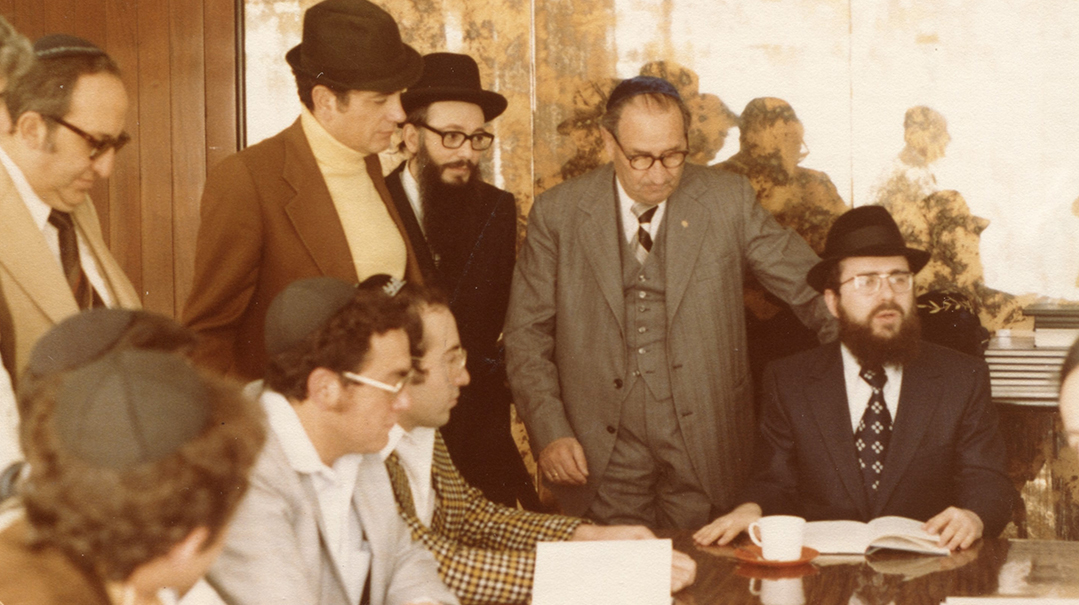
Zero to Fifty
The kollel transformed Mexico City from a Torah backwater to a veritable citadel. Rav Shmuel Baddouch recalls that when his father first moved there in 1976, only three women covered their hair, and that included his mother. Rav Moshe Malka, a rosh kollel from Bnei Brak who originally would come to Mexico to fundraise, abandoned his fundraising and instead came regularly to beef up halachah observance. He would visit shivah houses and encourage the women to cover their hair as an illui neshamah for their departed relative, while Rav Baddouch got busy convincing parents to send their children to yeshivah.
For Mr. Tussie, this was just the beginning — the fruits of his labor have only grown over the years. He opened tens of kollelim, including a separate kollel in Mexico for Israeli expatriates, and every one of his grandchildren married children of those original members.
The path to Mr. Tussie’s dozens of kollelim snaked from one to another, each one seemingly schlepping the other in its wake. He opened a special kollel for the city’s small Ashkenazi community and another that specializes in practical halachah. That last kollel, headed by Rav Mordejai Tussie, Mr. Tussie’s son, just started a service in which sh’eilos can be texted and a response will be forthcoming. I visited the site, a large, walled-in complex, during bein hasedarim and found a half dozen yungeleit there. A medical halachah conference had just been held there, and medical papers were strewn about.
Mexico now has about 600 avreichim spread out among around 50 kollelim. Mr. Tussie has now expanded his network to cities around the world, from Russia’s far-flung Kamchatka region to the heart of Lakewood.
“I travel around the world to open kollelim,” he says. “From Rav Baddouch, I learned that this is the success to keeping a community anchored in Torah. I don’t accept a kollel that doesn’t give shiurim for balabatim.”
He even started a kollel in Lakewood, the kollel capital of the world. It was in 2010, and Mr. Tussie was asked to get involved in helping a Jewish girl from a Mexican family. Odette Rajman is the granddaughter of Marcos Achar, one of Mexico’s wealthiest Jews. She had moved to New York and was working on Wall Street when she announced that she intended to marry an Arab man. The issue was personal for Mr. Tussie, who was related to the Achars. He called up the young woman and told her he was flying to New York to meet with her the next day. Initially antagonistic, she eventually relented and agreed to meet.
“You know your uncle who married out?” he questioned her. “He has kids, and they are not Jewish. Your family is suffering so much that they couldn’t save him. You want to bring another problem to your family?” He cried, cajoled, manipulated, threatened, and said whatever he could to change the young woman’s mind.
A couple of months later he got a phone call from the girl’s mother: “She left him!” Odette Rajman sent him an email, which Mr. Tussie showed me, expressing her gratitude for his time and explained that his caring convinced her that she could one day have a Jewish husband who would care for her.
“You truly fulfilled the essence of community spirit that I read about… and made me feel like I belonged to a larger community,” she wrote, adding that “you also reminded me of the goodness and reputation of my family and why they should be respected for transmitting their values from generation through generation.”
Mr. Tussie was invited to the home of her grandfather, who handed him a checkbook and told him to write out a check for whatever amount he wished.
“I am asking you for a lot — I’m ashamed to tell you how much I will ask for,” Mr. Tussie told the grateful older man.
“Please,” Mr. Achar responded, “write any amount you want.”
Instead of money, Mr. Tussie said, he wanted Mr. Achar to start wearing tefillin every day. “This is the biggest thing you can give me,” he said.
Odette subsequently married Tomer, a Jewish man from Italy, in 2016, and is building a true Jewish family in Queens. Mr. Tussie went to Great Neck for the wedding and visited Lakewood during the trip. He stopped a man and asked where he could daven Minchah. The person directed him to the Stoliner shul, where he enjoyed the davening, but was shocked when the place emptied out afterward. “Nobody stayed to learn,” he says. He approached the gabbai and asked permission to speak on Shabbos after Krias HaTorah.
“You have a beautiful shul and beautiful seforim,” he began, “but why are they so nice? They should look used!” He announced he was hosting a breakfast the next morning. There, he said he was putting up the first $10,000 for a kollel and wanted them to continue it. It’s now five years later, and, says Lakewood Stolin’s rosh kahal Elisha Gottdiener, the kollel has 20 yungeleit.
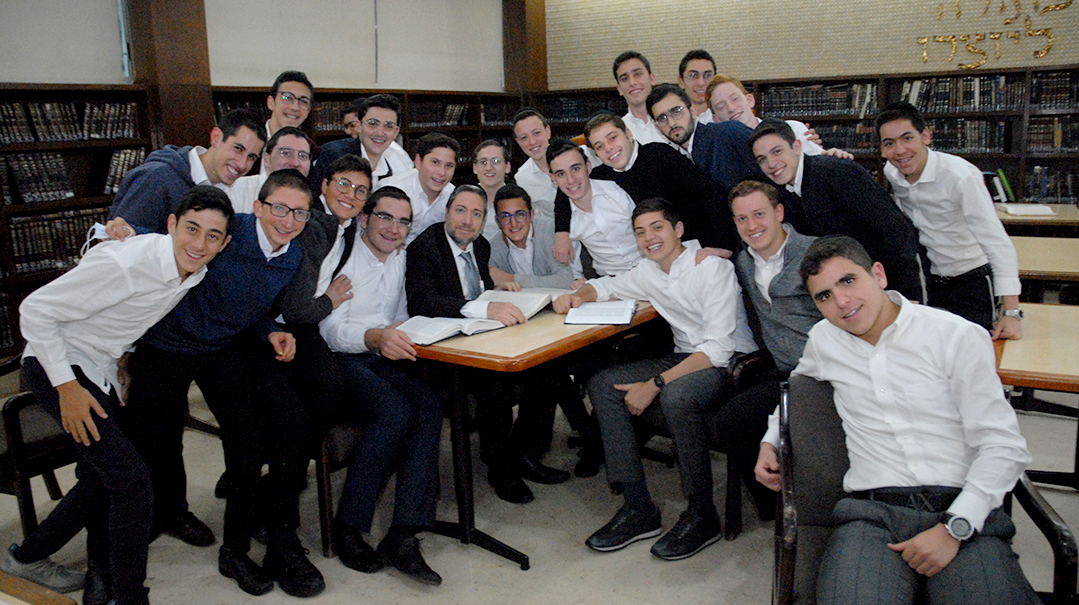
Coming Back Home
Rav Shmuel Baddouch’s yeshivah is about a seven-minute walk away. I stopped at a local shul to daven Minchah and then got caught in a torrential Mexican thunderstorm that went on for close to an hour, the lightening lighting up the shul through the wide skylights. The people inside did not seem to mind, waiting it out snacking on olives, cheese, and some spicy dip.
When the storm eased up, I set out for Rav Baddouch’s Yeshivah Gedolah Lev Eliyahu. Rav Baddouch grew up in France and Monsey, studied in Telshe in Chicago, and has lived in Mexico for the past 35 years, giving him an unaccented fluency in French, English, and Spanish. He is a mechutan of Rav Malkiel Kotler, rosh yeshivah of Beis Medrash Govoha in Lakewood.
While Mexico’s businesspeople have a command of English, the bochurim generally speak only Spanish, and most are also fluent in Hebrew, which prepares them for learning in Eretz Yisrael. “Hebrew is like Yiddish here,” Rav Baddouch says. The routine is that the bochurim first learn in Mexico, then head to Eretz Yisrael for three years, and then return home for marriage and kollel.
“Mexico City has a gevaldig thing that no other city in the world has,” Rav Baddouch explains. “All over America, for example, there are few yungeleit coming back to where they grew up — they move to Lakewood and the like. Here, no one cuts the cord. They go to Eretz Yisrael and they all come back. The Yidden here, the Halabi Syrian Jews, this is how they are, they are very close-knit.”
The kehillah’s remarkable success, as often happens, presents a new set of problems. Housing, the bane of every Jewish community around the globe, is at a premium. The new Ir HaTorah initiative is supposed to alleviate that. The Ashkenazi kehillah purchased a huge lot in Ixtapan, about a 90-minute drive from Polanco, with an assurance from the government that they could expand as much as they want. The area, which currently has miles and miles of fields, could be one of the largest Jewish communities in the world if it succeeds.
The Ir Hatorah project is starting off modestly, with an initial 100 apartments. While nominally Ashkenazi, the units are marketed for everyone, and Chacham Yosef Tawil, a prominent Sephardi rav, was named chief rabbi of the neighborhood. I asked Rav Baddouch if he’d consider moving there if it takes off.
“That’s a good question,” he replied. “Maybe we’ll make a branch, maybe we’ll move completely. But we will certainly open up a branch of the yeshivah there.”
I notice a few key variances between the Jews of Mexico and other kehillos around the world. For example, weddings take place only on Sunday when people do not work, leaving evenings of the rest of the week reserved for Torah classes. One takanah that Sephardi rabbanim have enacted is that a chuppah must take place in shul. This serves as effective deterrence for forbidden marriages (even though the Chasam Sofer banned this practice in his native Hungary for opposite reasons, since this is what Reform instituted).
There is no concept of a bas mitzvah celebration in the heimishe schools, says Rav Baddouch, whose wife is menaheles of the Aram Tzova high school. At the end of the year, they make one big fiesta for the class that turns 12.
Motorcycles are an acceptable mode of transportation for Mexicans, even yeshivah bochurim, I noticed. Few heimishe families have televisions, but people I spoke to wonder if that’s because of the success of the anti-TV campaign or an inexplicable utter indifference Mexicans show for news of any kind. They’re more interested in who got married and who had a baby.
I couldn’t leave without paying a visit to Chacham Asher Zrihan, who lives in a gated community a few minutes away from the center of Polanco. Born in Morocco, he learned in the Tchaba Rav’s chassidic kollel in England where he married and started his rabbinical career. He arrived in Mexico in 1975 as the chief rabbi of the Magen David kehillah, before branching off a decade later and opening the first unaffiliated shul and kollel in the country. “We are now two times chai,” he says.
He lists a long number of accomplishments — when he arrived, there were three women who covered their hair and two sets of daled minim in his shul. “It’s a real makom Torah now,” he says proudly. “You have more erlichkeit, more derech eretz, respect over here than in any other place. People here are just good people.”
On the surface, this makom Torah seems similar to any around the world. But look a little deeper, and you’ll realize that it has certain Mexican characteristics — nuances and attitudes that came as gifts along with the terrain.
“The Mexican yungerman has the tendency of the typical Latin American,” Rav Shwekey says. “He is warm, not harsh, well-intentioned, with a good heart and softer middos. We have basically no machlokes here between mosdos. We can say about Mexico’s Jews that a lot of them did not have a contact with Torah. But once they came in contact with their mesorah, it wasn’t difficult to wake them up.”
(Originally featured in Mishpacha, Issue 872)
Oops! We could not locate your form.







